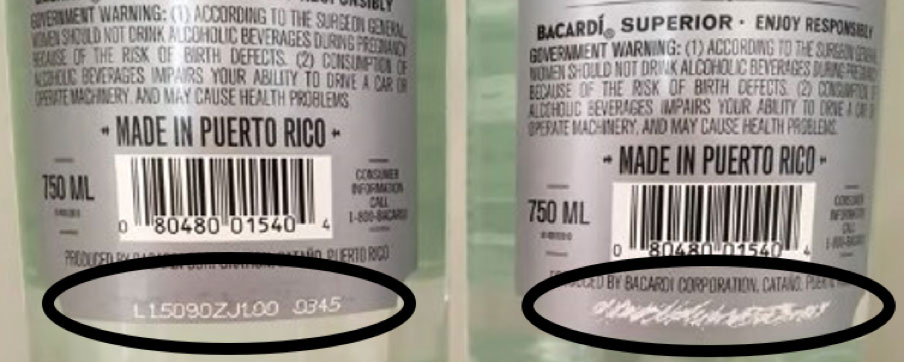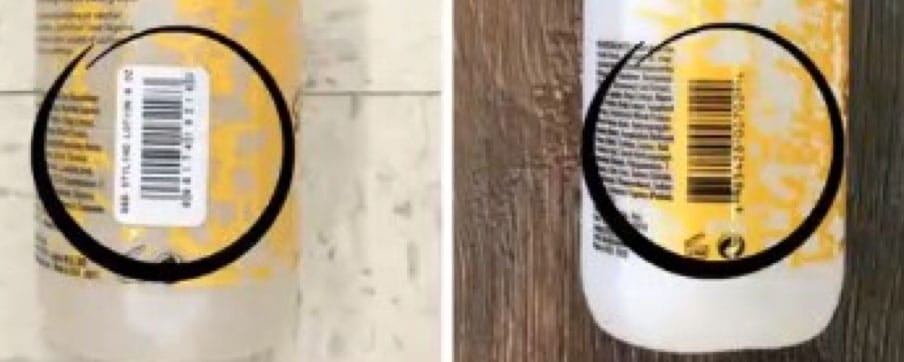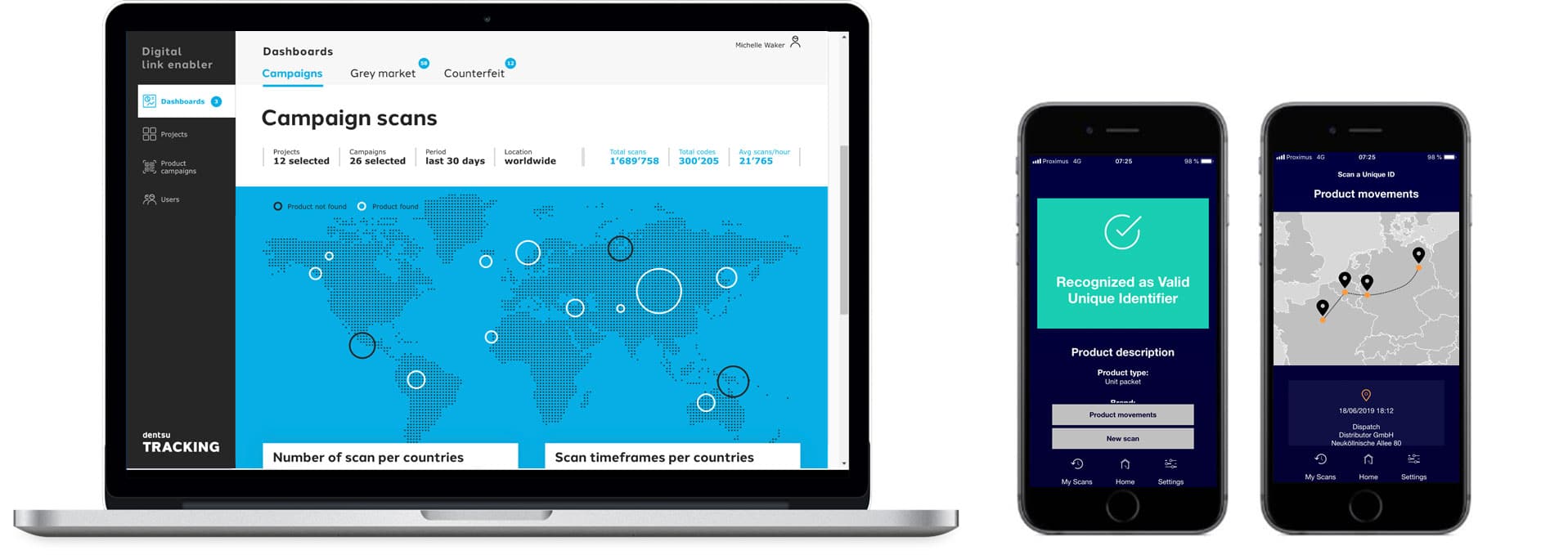Grey market: what technologies are brands using to fight against the grey market? — Part II
The grey market is when authentic goods are distributed outside of the official distribution channels. It legal, but it’s an unofficial trade channel with huge impacts for brand equity.
In our last blog, Nicolas Mordacq, Business Development Manager at Dentsu Tracking, gave some background on the grey market and some examples of how it is hitting big brands across industries. In this follow-up post he takes a deep dive into the technology solutions available for brand protection.
How can brands prevent the grey market?
As discussed in a previous blog post, brands can take a vary of steps to try to disincentivize grey market activity, but legal enforcement is only possible if the brand has visibility over the supply-chain to know what activity is happening. Visibility over the full supply-chain means knowing where products are at every step of the way, from manufacturer to distributor to warehouses to the final retailer.
- legal trademark protections (but during parallel trade, grey market actors remove or vandalize these markings, replacing them with a new code for their intended sale).
- clear channel policy to set expectations for compliance within distributor networks.
- channel incentives (based on unique serial numbers; see below) to help encourage certain behaviors.
- traceability solutions that give them increased supply-chain visibility.
Once a product leaves the manufacturer, the brand-owner has limited visibility of the product journey, where it goes, and when it is diverted. But how can brands enforce their strategy if they cannot see where and how this activity happens? So, the big challenge for brands today is getting data, so they can decide how to act (with channel policy incentives, or with legal enforcement).
Technologies for visibility and data
Tools for market intelligence can also be used to monitoring e-commerce markets for unexpected activity (pricing activity, sales peaks, or sudden price discounts). Reporting tools with automated alerts will help warn brands of any unexplained trends at the point of sale so that they can act. Businesses can also audit the marketplace via store-checks (manual inspections by local sales teams), and in case of suspicious activity they can conduct buyback campaigns to check what is happening in the markets.
This data is all coming from the point of sale data, and the trend in new technologies is to ensure visibility of the supply-chain at earlier stages through product marking and traceability features.
The product needs to be activated directly at the manufacturer facility, and then at every step of the product journey. Obviously, this needs to be fast and effective, so having technology integrated into the supply-chain process is key.
Product marking (visible & invisible)
Product marking is a grey market solution that many brands are already using. For example, most manufacturers will mark their goods with visible markings like batch number and 1D pack codes. But during parallel trade, grey market actors remove or vandalize these markings, replacing them with a new code for their intended sale. The images below show some typical examples of a scratched batch number on a Bacardi product bottle, and a GTIN re-stickering on a cosmetics bottle (image credits: author’s own).


Brands can also do more with very simple print technologies that are now readily available in the market. Many brand protection technologies firms are providing standard technological for digitization (available at low-cost via standardized packaging). These include standard QR codes and secure QR codes.
High-value products may want to invest in additional product authentication solutions that help against counterfeiting like watermarks and holograms, and other smart packaging solutions. (Note: the Active & Intelligent Packaging Association (AIPIA) is an excellent resource for the latest packaging technologies).
Business owners can also get deeper data insights by marking at the unit level with unique identifiers (every single item has a unique code). Serialized product markings ensure that products are tracked and traced along every step of the supply chain. By serializing at the unit level, brands can optimize their traceability even if products are separated from the batch. Traceability of unique product codes helps ensure optimized traceability (geolocation, product control, FIFO), and association of unique code to batch number.
Product marking with consumer engagement
Product marking has also been augmented with new digital technologies like the GS1 Digital Link Standard. This is a “dynamic” 2D code containing a web URL, GTIN and serial number, that also enables end-user engagement. Consumers can scan the product and access a website or landing page, used by brands to share brand promotions, product information, or sustainability and sourcing information. or to access a promotion or campaign incentive). At the same time by scanning the code they share important tracking data which can be access by brands. This means user engagement, with a bonus of supply chain visibility. Mobile solutions like these will be the trend of the future because of their impact on real-time data access. When brands can detect suspicious activity sooner, then they can take steps to protect their brand equity, whether this is with a channel policy incentive or via legal enforcement activities.
Images: Grey Market Intelligence solution platforms & mobile applications, Dentsu Tracking
Combination of visible & invisible security technologies
There are also new invisible security technologies, which offer a further brand protection and product protection. If there is an invisible marking, then brand owners will still be able to confirm any illicit activity (even if the visible code has been removed).
The marking also allows brand-owners and consumers to verify if products are genuine, and a mix of covert and overt technologies will bring the best results to detect grey market actors.
This is a dynamic industry, with big incentives, so brand-owners will have to work had to stay ahead of the smugglers. That said, all these technologies are readily available and can be implemented with limited hassle for manufacturers. This mean it can be a matter of just a few weeks before brands start benefiting from the results.

About the author
Nicolas Mordacq is a Business Development Manager for Grey Market Intelligence at Dentsu Tracking, a brand of Dentsu Aegis Network. He brings 12 years of applied experience in grey market and supply-chain control technologies, including product solutions for the beverage industry, and government solutions for regulation to help reduce the availability of counterfeit and illicit products. He has helped Dentsu Tracking with the development of proven traceability solutions, tracking over 5 billion products and more than 550 production lines in 27 countries.
Contact him here to learn more about the grey market and Dentsu Tracking solutions. info@dentsutracking.com